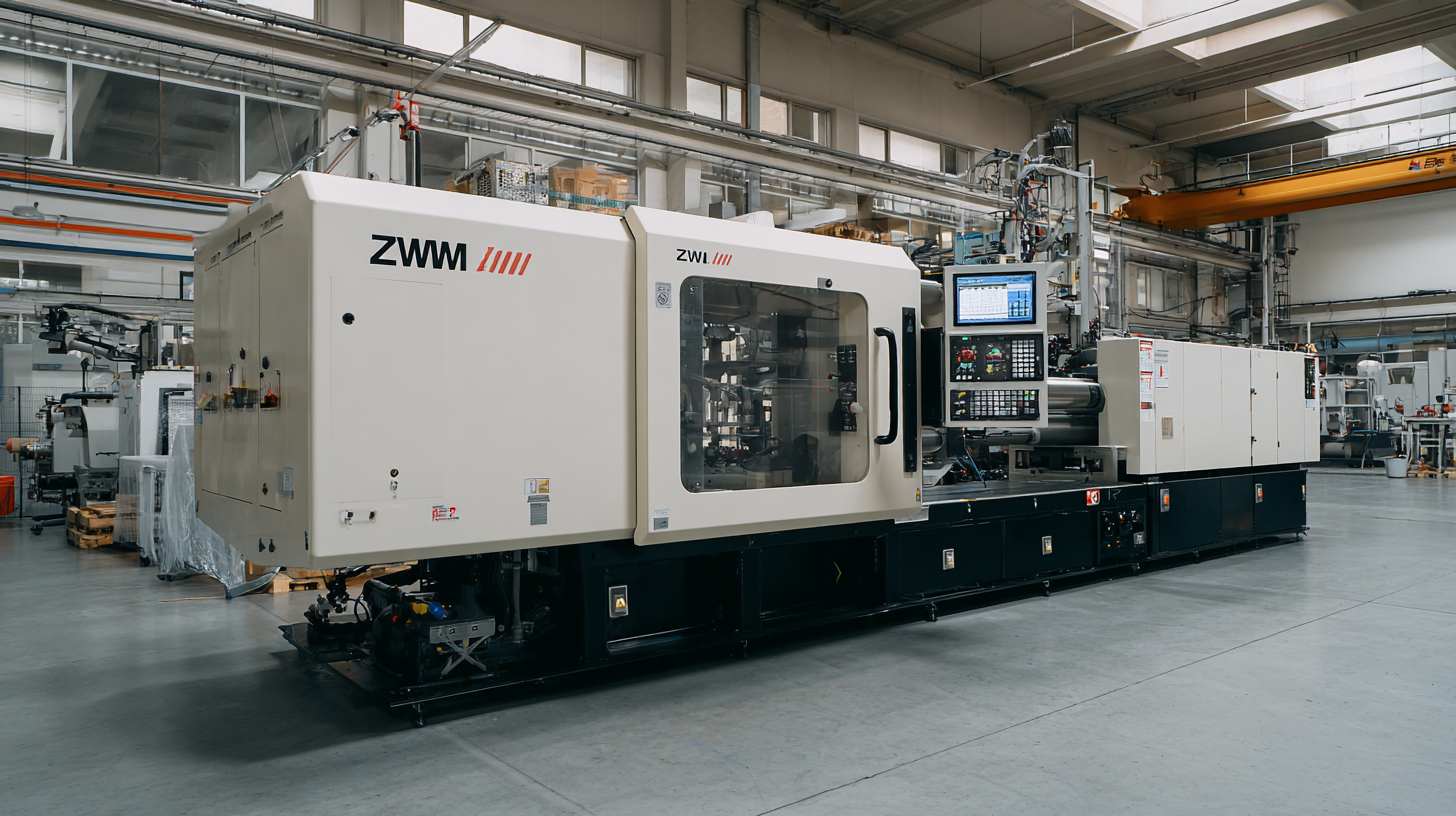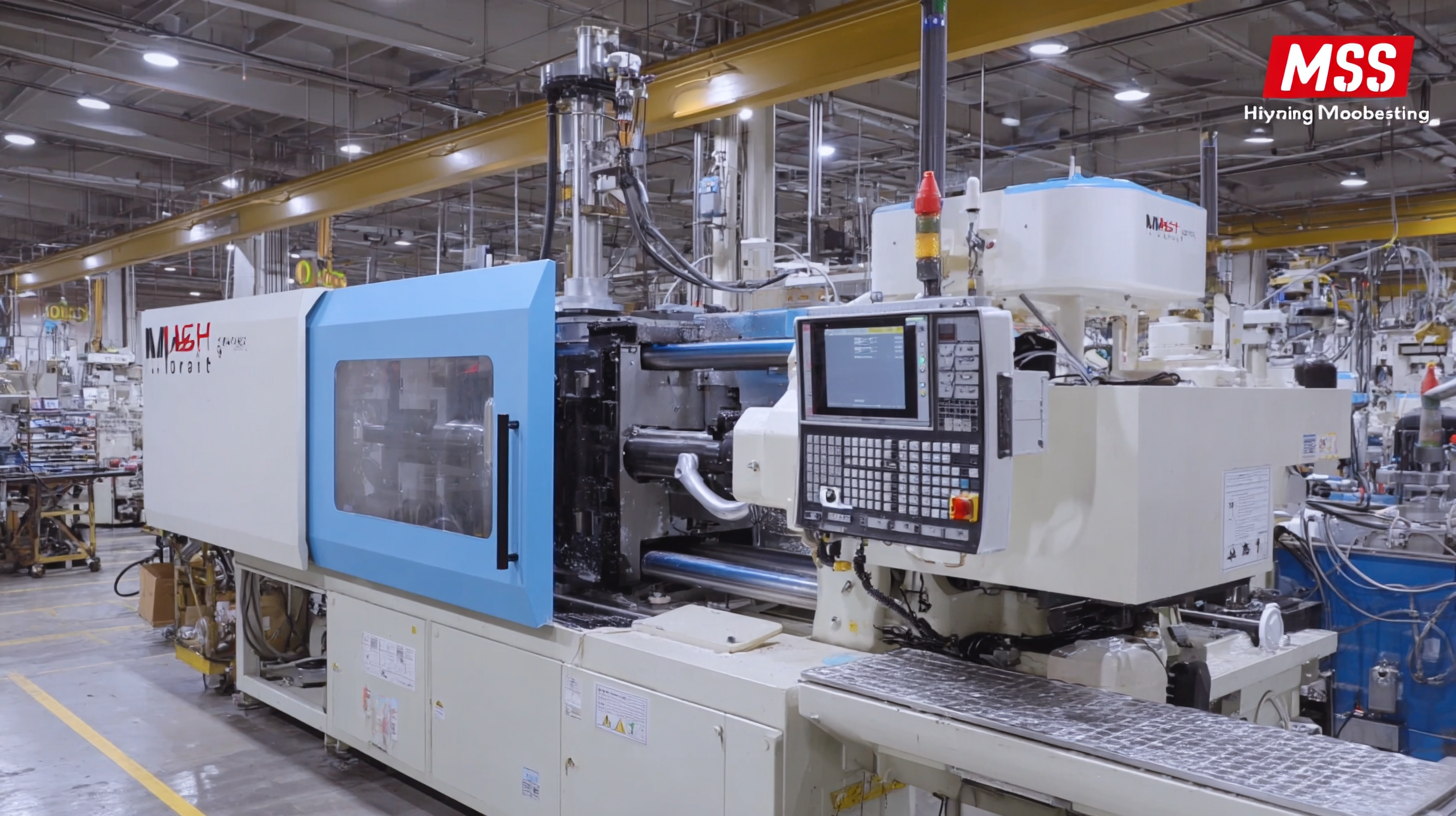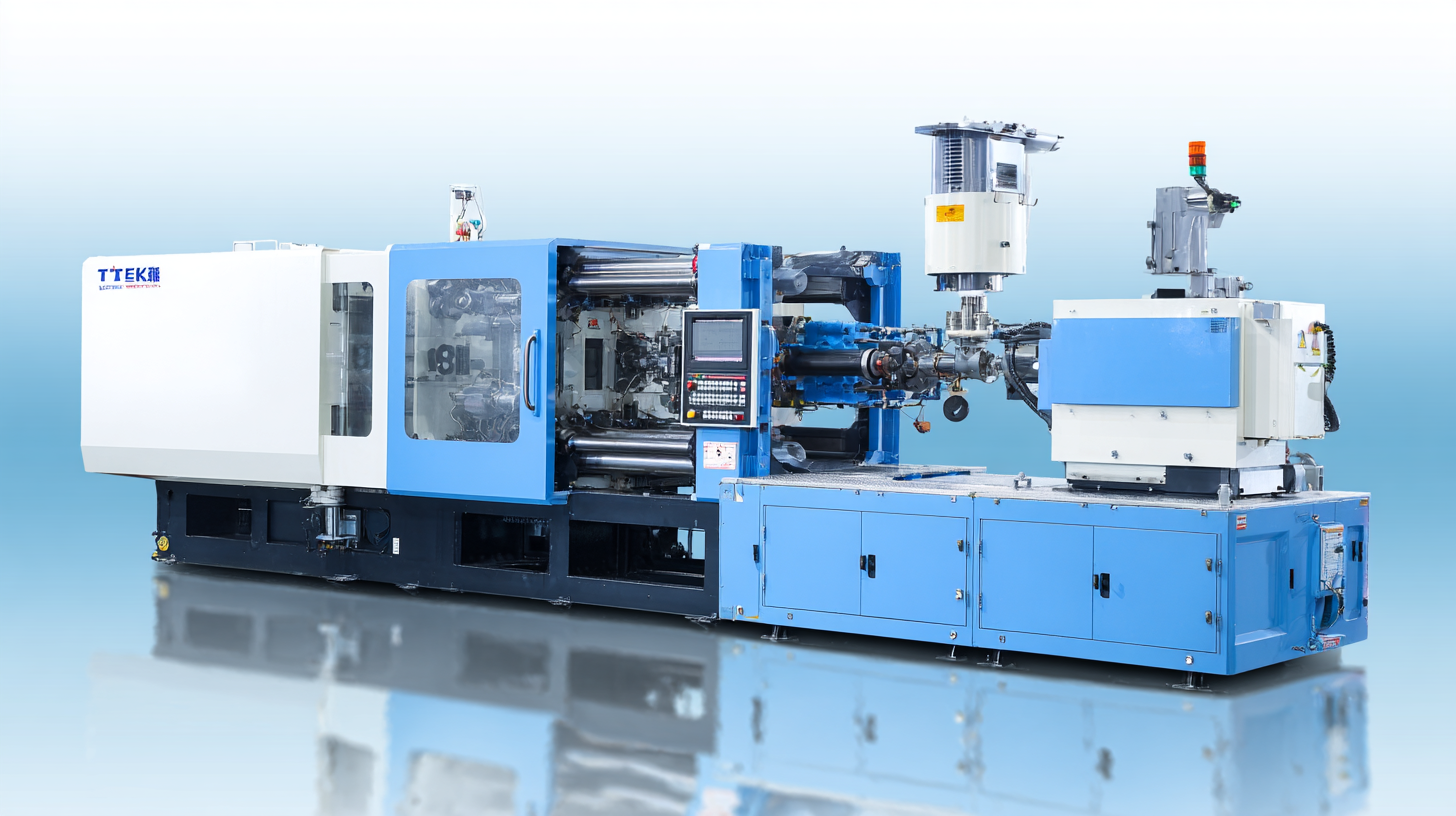
Unveiling the Challenges: Understanding Common Issues with High Speed Injection Molding Machines
In the fast-paced world of manufacturing, high speed injection molding machines stand out as essential tools for producing intricate parts with remarkable efficiency. However, as industries increasingly rely on these sophisticated machines, it becomes crucial to address the challenges associated with their operation and maintenance. Understanding common issues such as downtime, product quality, and the intricacies of after-sales service plays a vital role in optimizing their performance.

This blog will delve into the advantages of effective after-sales support and examine the costs associated with repairs, offering practical insights for manufacturers to navigate these complexities. By exploring a "how to" approach for managing these challenges, we aim to empower businesses to maximize the benefits of their high speed injection molding machines, ensuring not only production efficiency but also long-term sustainability in a competitive market.
Common Technical Malfunctions in High Speed Injection Molding Machines
High speed injection molding machines are critical in producing high-volume plastic parts with precision. However, operating these machines comes with its own set of challenges. One of the most common technical malfunctions is the inconsistency in injection speed, which can lead to defects in the molded product. Variations in speed can result in incomplete fills, creating weak spots or air bubbles in the final product. This inconsistency can often be traced back to issues with the machine's nozzle or the injection unit, suggesting the need for regular maintenance and calibration.
Another prevalent issue is temperature control. Molding requires precise temperature settings to ensure the correct melting of plastic. If the temperature fluctuates, it can cause materials to degrade or not flow adequately into molds. This malfunction not only affects the cycle time but also compromises the integrity of the produced parts. Ensuring the heating elements and thermocouples are functioning properly is essential for maintaining consistent thermal profiles, thus safeguarding the quality of the injection molding process. Regular checks and updates to software controlling these parameters are crucial to mitigate such risks.
Common Technical Malfunctions in High Speed Injection Molding Machines
Impact of Material Variability on Machine Performance and Output
Understanding the impact of material variability on the performance and output of high-speed injection molding machines is essential for optimizing manufacturing processes. Material consistency not only influences the dimensional accuracy of the molded parts but also affects the overall efficiency of production. Variations in material properties, such as viscosity and thermal conductivity, can lead to significant fluctuations in cycle times and defect rates, ultimately impacting the bottom line. According to industry reports, a mere 5% variation in material properties can result in a 20% increase in production costs due to scrap and rework.
**Tips:** To mitigate the effects of material variability, it's crucial to implement stringent quality control measures in the material selection phase. Regular testing and validation of the materials used can help ensure consistent performance. Additionally, aligning the processing parameters to the specific characteristics of the material batch can significantly enhance output quality.
Another strategy to tackle material variability is the integration of advanced monitoring systems. Real-time data acquisition allows manufacturers to dynamically adjust machine settings in response to changes in material properties during production. This proactive approach not only improves the efficiency of injection molding but also ensures adherence to tight tolerances demanded in today's competitive market. Employing machine learning models can facilitate predictive maintenance, helping identify potential issues before they escalate into significant production disruptions.

Understanding Cycle Time Optimization for Enhanced Production Efficiency
Cycle time optimization is a fundamental aspect of enhancing production efficiency in high-speed injection molding. With the rapidly evolving demands of the manufacturing industry, manufacturers are constantly seeking ways to reduce cycle times while maintaining the quality of their products. By fine-tuning various parameters such as mold temperature, injection speed, and cooling time, companies can achieve significant reductions in cycle duration. This optimization not only aids in maximizing output but also helps in lowering operational costs.
One of the key challenges in this process is balancing the intricacies of the injection molding machine with the desired production speed. Overshooting injection speed may lead to defects, while excessively long cooling times can bottleneck production. Therefore, it is crucial to conduct thorough analyses and simulations to identify the optimal settings. Implementing real-time monitoring can also facilitate immediate adjustments, ensuring that the machine operates at peak efficiency. As manufacturers navigate these common issues, the focus on continuous improvement and technology adoption plays a vital role in mastering cycle time optimization for an agile and efficient production line.
Addressing Maintenance Challenges to Ensure Machine Longevity
High-speed injection molding machines are critical assets in the manufacturing industry, yet their maintenance often poses significant challenges that can affect both performance and longevity. According to a recent report by the Society of Plastics Engineers, up to 30% of machine downtime can be attributed to improper maintenance practices. Regular upkeep not only extends the lifespan of these machines but also ensures high efficiency, which is crucial in today's fast-paced production environments.
To address these maintenance challenges, manufacturers should prioritize a structured maintenance schedule that includes routine inspections, timely replacements of worn parts, and calibration of machine settings. A study by the Plastic Industry Association suggested that implementing a predictive maintenance strategy could reduce unexpected downtimes by as much as 50%. This proactive approach allows for the detection of potential issues before they escalate into costly repairs.
**Tips:** Always ensure that the machine's lubrication system is functioning correctly, as inadequate lubrication can lead to overheating and severe wear. Additionally, keep a detailed log of maintenance activities to track performance trends and identify areas for improvement. Regular training sessions for operators can also enhance their skills in spotting early signs of mechanical issues, ultimately contributing to smoother operations and greater machine reliability.

Regulatory Compliance: Meeting Industry Standards in Injection Molding
In the world of injection molding, regulatory compliance is a crucial factor that manufacturers must navigate to ensure product reliability and safety. According to a report by Freedonia Group, the global injection molding market is projected to reach $500 billion by 2024, underscoring the increasing pressure on companies to adhere to stringent industry standards. Compliance with regulations such as ISO 9001 and the CE certification not only influences the quality of the molds but also impacts the speed and efficiency of high-speed injection molding machines. Manufacturers must invest in understanding these standards to maintain a competitive edge.
Furthermore, the need for compliance extends to the materials used in the molding process. The American Society for Testing and Materials (ASTM) outlines specifications for various materials, ensuring they meet safety and performance criteria. Failure to comply with these regulations can result in costly recalls and damage to brand reputation. Industry reports highlight that companies embracing regulatory compliance benefit from reduced operational risks and improved product consistency, which is particularly vital in high-speed environments where precision and quality are paramount.
As the industry evolves, staying informed about regulatory changes will be key to harnessing the full potential of high-speed injection molding technologies.
